
This month, Volkswagen has brought the New Beetle to India. We reminisce about the car that put the world on wheels
Story Harmaan Madon
Images VW Archives
This is a story about a little car that changed the world. Kafer, Bubble, Turtle, Frog, Cockroach, Pregnant Rollerskate or simply Beetle – the original ‘folks wagon’ has wormed itself into the hearts and imagination of the human race.
It all began in 1934, when Adolf Hitler commissioned a ‘people’s car’ for the sons of Germany. It had to “seat four adults, achieve a speed of 100km/h and overcome gradients of 30 degrees”. Sounded reasonable, but there was a catch – it had to cost no more than 900 reichsmarks (approximately Rs 3 lakh in today’s money). The project was undertaken by Ferdinand Porsche, and Der Fuhrer was presented with the first prototype, the V3, on February 5, 1936. The car had a rugged torsion beam suspension, an air-cooled engine, large wheels and a high ground clearance. There were discussions on the engine configuration and both, a flat-four boxer and a five-cylinder radial engine were evaluated. In the end, the boxer won on cost and simplicity.
 The outbreak of the Second World War meant that production was limited and that too mostly for military use. The Kubelwagen was used by Hitler’s Afrika Korps during the battle of the Nile and with its simple, rugged construction it proved to be a robust ally in the Sahara. When the War ended in 1945, only 630 Type 1s had been produced (the car was yet to get
The outbreak of the Second World War meant that production was limited and that too mostly for military use. The Kubelwagen was used by Hitler’s Afrika Korps during the battle of the Nile and with its simple, rugged construction it proved to be a robust ally in the Sahara. When the War ended in 1945, only 630 Type 1s had been produced (the car was yet to get
its affectionate epithet). After
the war and the division of Germany, the Volkswagenwerk was placed in the trusteeship of the British Army. Indeed, the factory was reportedly offered to Ford Motor Company. Henry Ford Jr. is reputed to have said at the time that “it was worth nothing”.
The British Army placed an order for 20,000 Type 1s and thus began the first real mass production of the car. The first milestone of 10,000 cars was reached in 1946, and that particular car was inscribed with the legend “Mehr schmackhaftes Essen, sonst können wir vieles nicht vergessen” (More good food, or else there’s much we won’t be able to forget). The car then, was as much a symbol of hope and triumph over despair as could be imagined. Exports began in 1947, with the Dutch Pon brothers importing the first 56 cars. By the end of the year, 4,464 Type 1s had been exported over Europe.
Heinrich Nordoff took over the management of the Wolfsburg plant in 1948, famously saying, “The car has as many problems as a dog has fleas.” But under his stewardship, the little Volkswagen bloomed. In 1949, the engine capacity was increased to 1131cc from 985cc while power was up by 3bhp to 25bhp. In 1952, the Beetle got hydraulic dampers and synchromesh on the second, third and fourth gears. In 1954, the Volkswagen 1200 was launched and it now had 30bhp from an 1192cc engine. And so it went…the little bug received more than 2000 technical upgrades until 1962. In 1971, the world got to see the ‘Super Beetle’ – its 1584cc engine produced 55bhp. Christened the 1302S, it also had a McPherson strut front suspension and a longer wheelbase plus disc brakes. A padded dashboard placed further away from the steering wheel allowed more room for the driver (a favourite Beetle joke was that if you had a slightly large nose, it would touch the windshield!).
In 1978, the Fusca was designed for Brazil. It got a modified fuel pump, a copper-nickle plated carb, a tin-plated fuel tank and it ran on alcohol. The inevitable wisecracks of a ‘happy car’ soon ensued! In 1993, the final technical changes were carried out in Mexico, where the Beetle received fuel injection and a three-way catalytic converter to be emissions compliant. Till 2003, the car remained in production in Mexico, where on July 30, the 21,529,464th Beetle rolled off the lines. This car is now in VW’s museum.
The Beetle enjoyed a 58-year uninterrupted production run. It was built in 20 countries and sold in every country on earth. No other car has ever enjoyed a reputation like the Beetle; it was a classless car. Film stars and their flunkies, rock stars and their junkies, secretaries, politicians, truck drivers, family men, students and Dalal Street dudes all drove Beetles. It starred in Hollywood as the lovable yet fallible Herbie. It inspired art, political commentary and humour. It was the symbol of the free loving ‘70’s and the stern school headmistress. It truly was a car of the people, by the people, for the people – a folks wagon like there never will be again.
BEETLE THIS!
Yes? No? Almost…
The Beetle was almost stillborn. An unexploded bomb lay in the factory after an air raid right in the middle of the most important dies and assembly equipment. It was defused by the Brits in 1945.
 The Beetle boat
The Beetle boat
Viking Malc Buchanan set off from the Isle of Man, reaching the county of Cumbria in England after seven and a half hours afloat. That set a new ‘Water Beetle Record’ in the category ‘standard car over 59 kilometers’.
The tight fit
35 students from La Crosse State College in Wisconsin squeezed themselves into and onto the Beetle and then covered a distance of five meters. But the glory was not theirs for long. Students in Dublin increased the number of passengers to 36.
Follow the leader
On February 17, 1972, the 15,007,034th Beetle rolled off the line. This broke the previous production record held by the Ford Model T and the Beetle became the new ‘world champion’.
In the airÖ
Mira Slowak, a Czech-American jet pilot built a mini airplane made of standard parts from a VW 1200 engine called ‘The Spirit of Santa Paula’ and flew out of New York with it, heading for London. After more than 175 hours and a total of nine stopovers, he finally arrived at his destination.
Courting controversy
 Same same or different? Tatra vs Beetle
Same same or different? Tatra vs Beetle
Hans Ledwinka, a Czech engineer, designed the Tatra T97 with a rear-mounted, air-cooled boxer engine in 1934. But given the Nazi occupation of Czechoslovakia, he could not protest the Volkswagen’s design. After the war, Tatra’s factory was destroyed and Czechoslovakia itself was in ruins. In 1961, a war tribunal ordered VW to pay 3 million Deutsche Marks to Tatra as compensation.







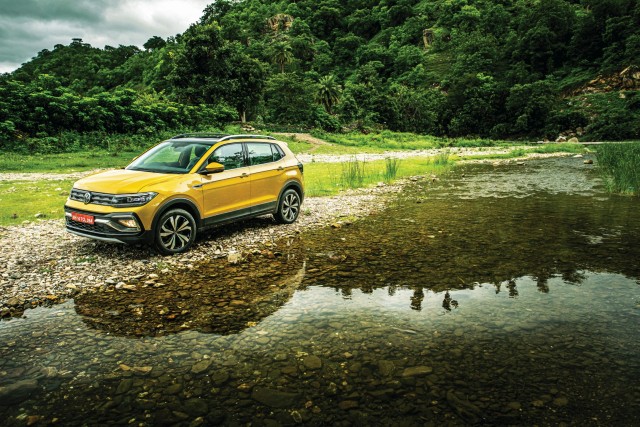
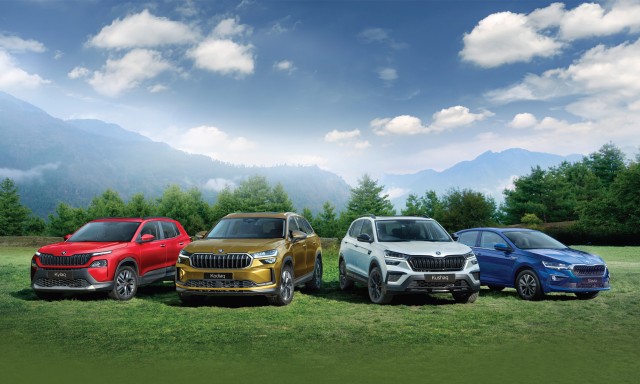

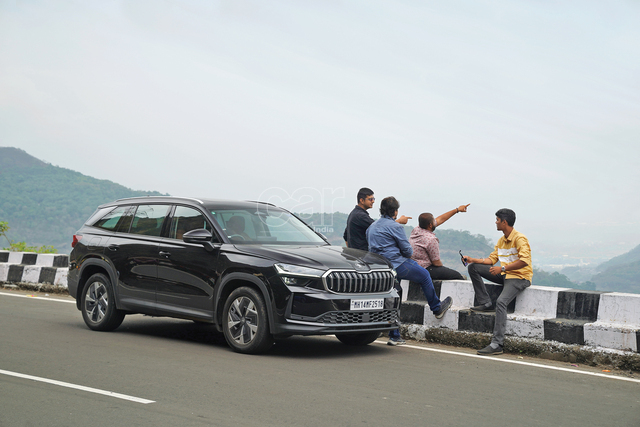


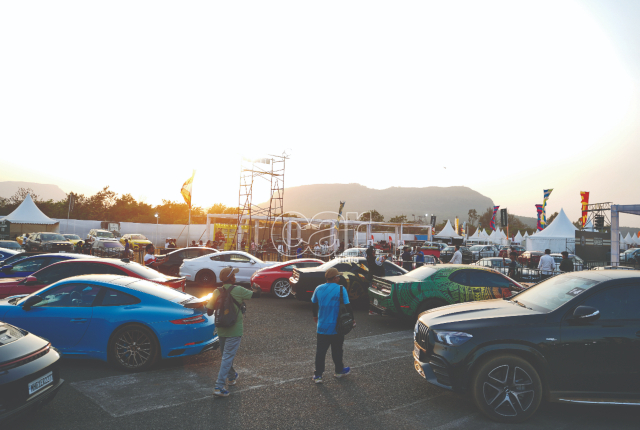
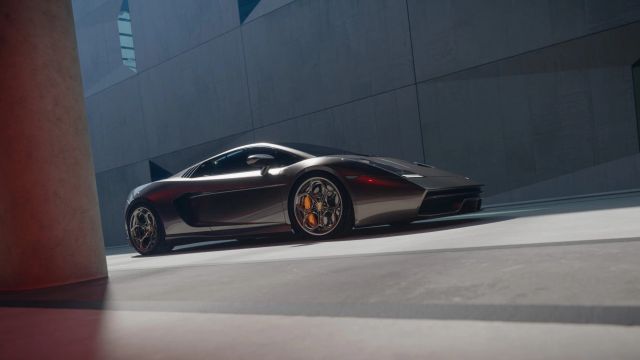





Leave a Reply